Winterize potted plants
snowling888
13 years ago
Related Stories
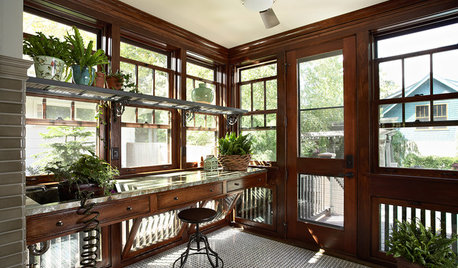
WINTER GARDENINGWinter Gardening: Ideas for a Dream Potting Room
Check out potting rooms that get indoor gardening right — and learn tips for creating your own
Full Story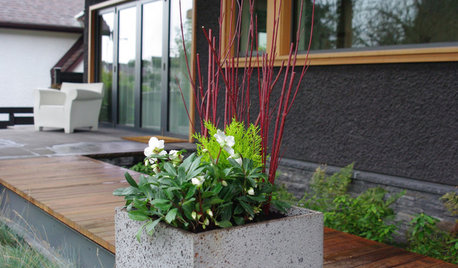
WINTER GARDENING7 Container Plantings to Bring Winter Gardens to Life
Adding instant color but with long-lasting practicality, these plant groupings are bright spots in a slumbering wintertime garden
Full Story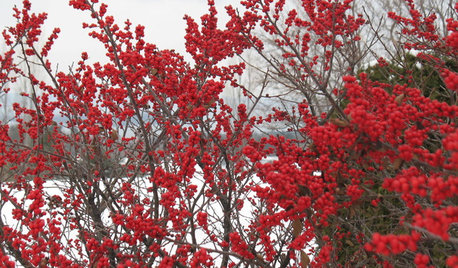
GARDENING GUIDES6 Rockin’ Red Plants for Winter Gardens
Use the bright berries or branches of these cold-climate favorites for outdoor garden interest or container arrangements anywhere
Full Story
GARDENING GUIDESGreat Design Plant: Kumquats for a Juiced-Up Winter
Grow it for the edible fruit or its good looks alone. This citrus cousin will brighten any gray winter day
Full Story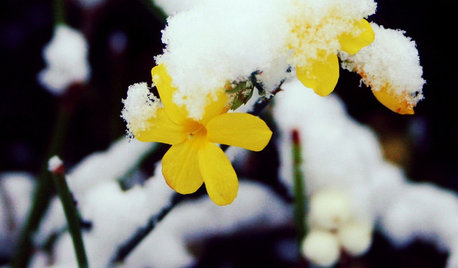
YELLOW FLOWERSGreat Design Plant: Winter Jasmine Gladdens Snowy Gardens
Sunny yellow flowers defy the frost, bringing cheer to the garden on gray days
Full Story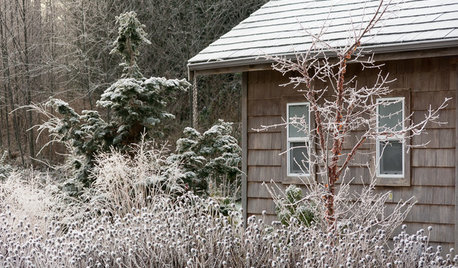
WINTER GARDENINGLook Beyond Plants for a Wonderful Winter Garden
Use sculptures, fences and other structures to draw the eye to a bare-bones landscape
Full Story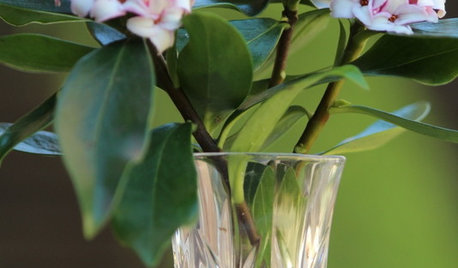
GARDENING GUIDESGreat Design Plant: Winter Daphne
Perfume your garden or home with the tiny pink flowers of this treasured shrub — it's a diva, but the effort is worth it
Full Story
TREESGreat Design Plant: Coral Bark Japanese Maple, a Winter Standout
Go for garden gusto during the chilly season with the fiery red stems of this unusual Japanese maple
Full Story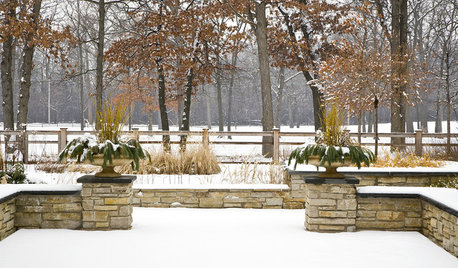
CONTAINER GARDENS5 Important Winter Tasks to Keep Container Gardens in Shape
Prevent cracked pots, blight spread and withered plants come spring by focusing on this essential maintenance now
Full Story
CONTAINER GARDENSSolve Your Garden Border Dilemmas With Planted Pots
Set your containers free from the patio — placed among plantings in the ground, they fill unsightly gaps, let you experiment and more
Full StoryMore Discussions








tapla (mid-Michigan, USDA z5b-6a)
mainegrower
Related Professionals
South Elgin Landscape Architects & Landscape Designers · Manchester Landscape Contractors · Williamsburg Landscape Contractors · Hollywood Landscape Contractors · Lake Zurich Landscape Contractors · Lantana Landscape Contractors · Salem Landscape Contractors · North Aurora Landscape Contractors · Coral Terrace Window Contractors · Jupiter Window Contractors · Jacksonville Fence Contractors · Carlsbad Fence Contractors · Cartersville Fence Contractors · Pacifica Fence Contractors · West Covina Fence Contractorstapla (mid-Michigan, USDA z5b-6a)
mainegrower
tapla (mid-Michigan, USDA z5b-6a)
meyermike_1micha
mainegrower
tapla (mid-Michigan, USDA z5b-6a)
mainegrower
greenman28 NorCal 7b/8a
tapla (mid-Michigan, USDA z5b-6a)
mainegrower
cebury